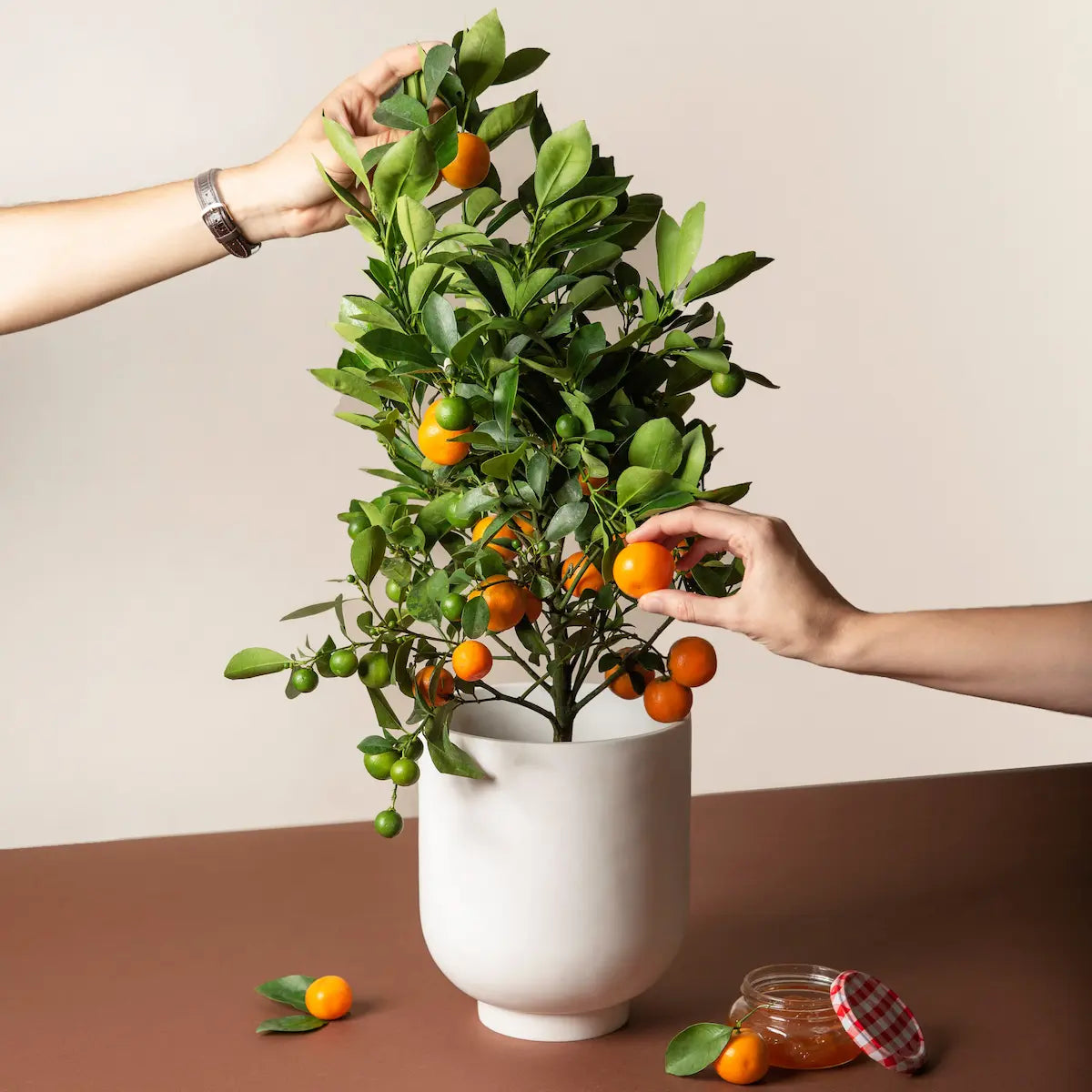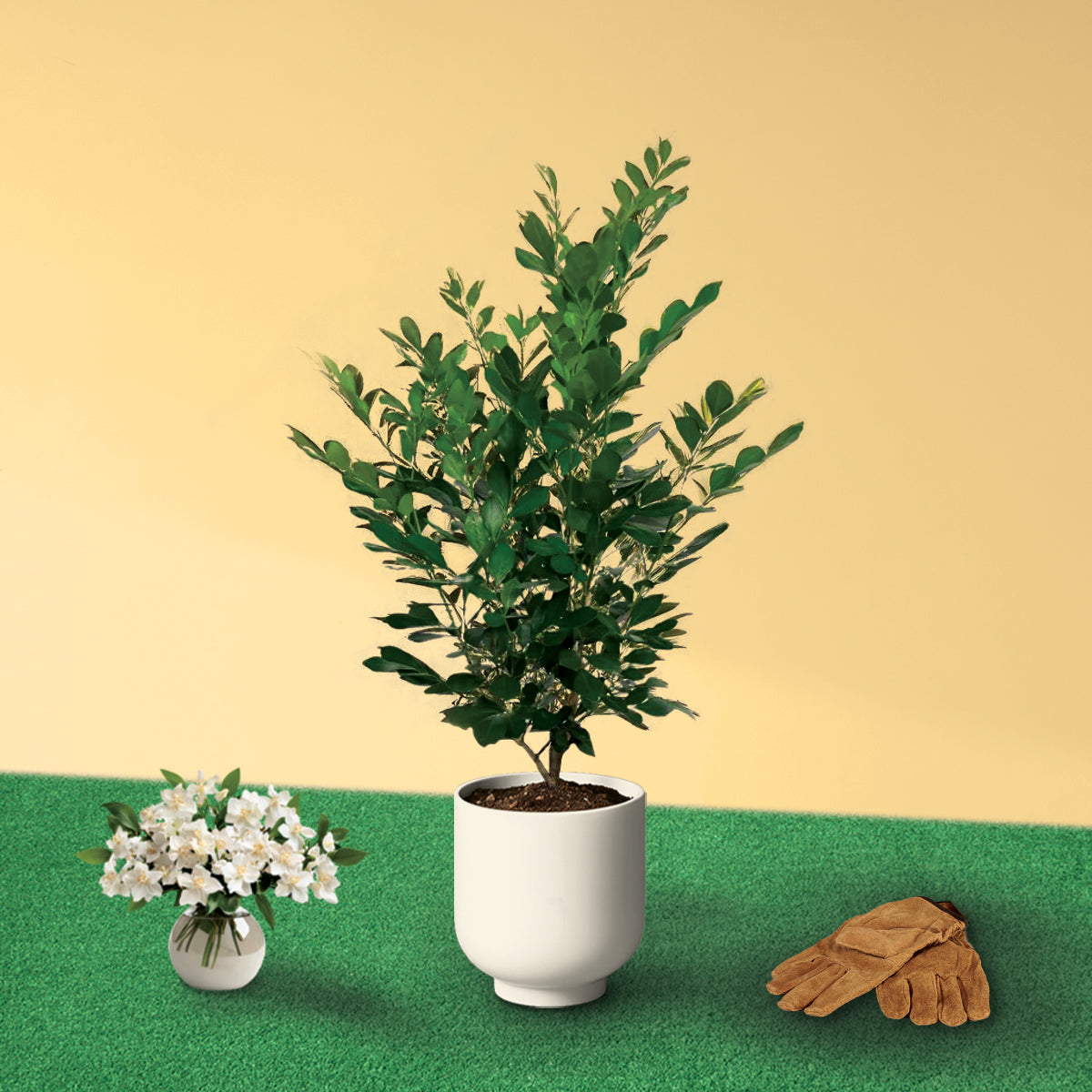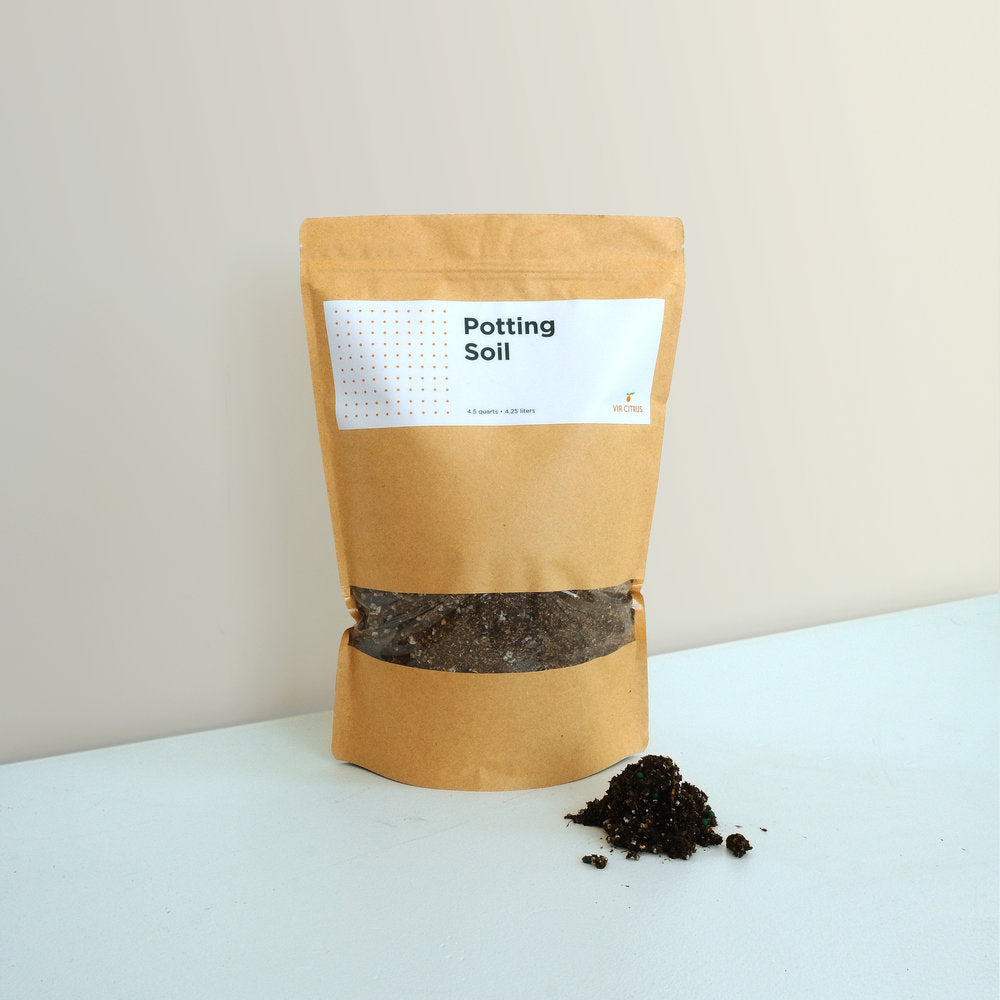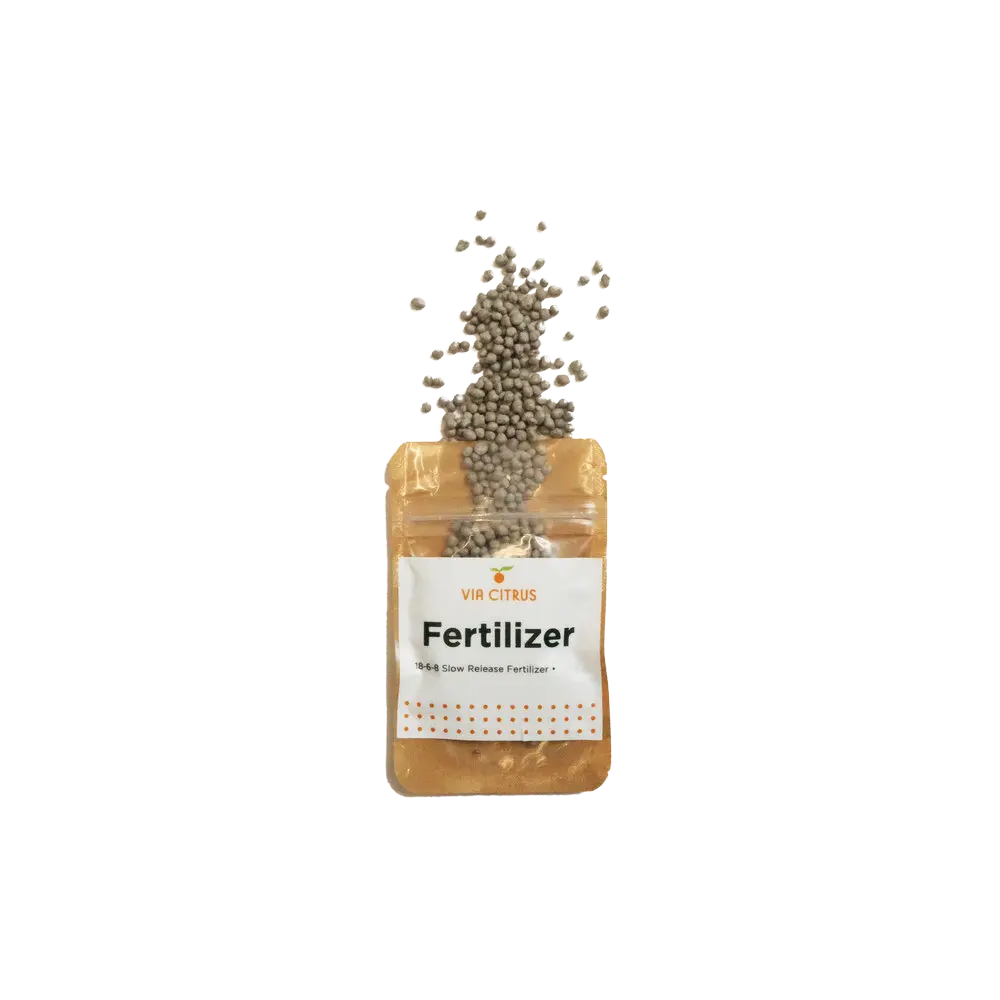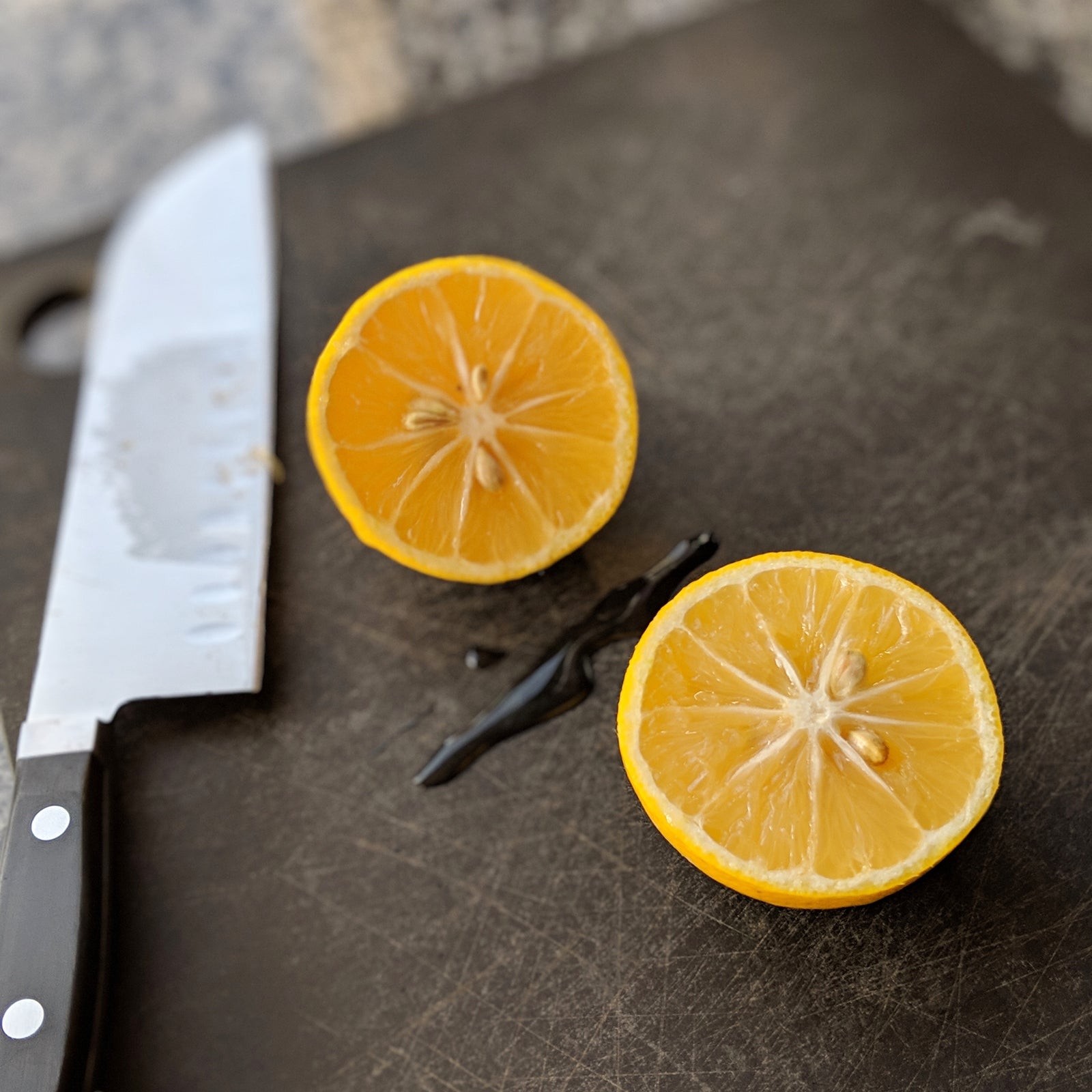Though they’re now found throughout Florida, Meyer Lemons are actually native to China. Meyer Lemons were first brought to the United States in 1908 by Frank N. Meyer. An explorer of sorts, Meyer worked for the USDA, traveling the globe in search of viable plants to introduce to the States. Among his discoveries were apricots, soybeans, the maidenhair tree, and of course, the Meyer Lemon, which was named in his honor.
In the decades since its introduction, Meyer Lemons have enjoyed a period of lucrative obscurity. Initially, they remained sequestered to California, Florida, and other citrus-growing states where they were cultivated for large-scale consumption.
The trees are currently experiencing a resurgence in demand, due in part to their popularity with celebrity chefs. Seasonally, the fruit is available in stores between December and May. With Via Citrus, Meyer Lemons can be enjoyed all year round.
Meyer Lemon trees are great additions to gardens or indoor spaces. You might enjoy using their fruit or the smell of their blossoms, which are white with a hint of purple at the base. The plants have a long history as ornamental house plants. They were originally bred by mixing lemon and mandarin plants. This mix gives the fruit its eye-catching, golden color and size. Meyer Lemons, in particular, bloom all year round, perfuming the air with their sweetness.
Meyer Lemons have a deeper yellow rind, almost like an egg yolk, and a similar dark pulp. Their skin is smooth and thin with less of the spidery white pith underneath, making it much more enjoyable and thus edible than regular lemon rind. Taste-wise, Meyer Lemons are less acidic and lack the tartness of regular lemons. This resulting sweetness makes them ideal for raw preparations. Their fragrance is also truly unique, more reminiscent of an herbal Earl Grey tea than that of other typical citrus fruits. This floral scent is one of the reasons the Meyer Lemon is a great addition to food.
It’s hard not to instinctively compare the Meyer Lemon to its close cousin, the regular lemon, when considering cooking with it. Sure, they look similar enough and they share some genealogy, but what about in the kitchen? Can one be swapped for the other? Broadly speaking, yes. Meyer Lemons and regular lemons are somewhat interchangeable. It's in more nuanced applications that Meyer Lemons' unique characteristics truly stand out. The natural sweetness of Meyer Lemons makes them perfect additions to roasts, compotes, cakes, teas, and even pasta dishes.


